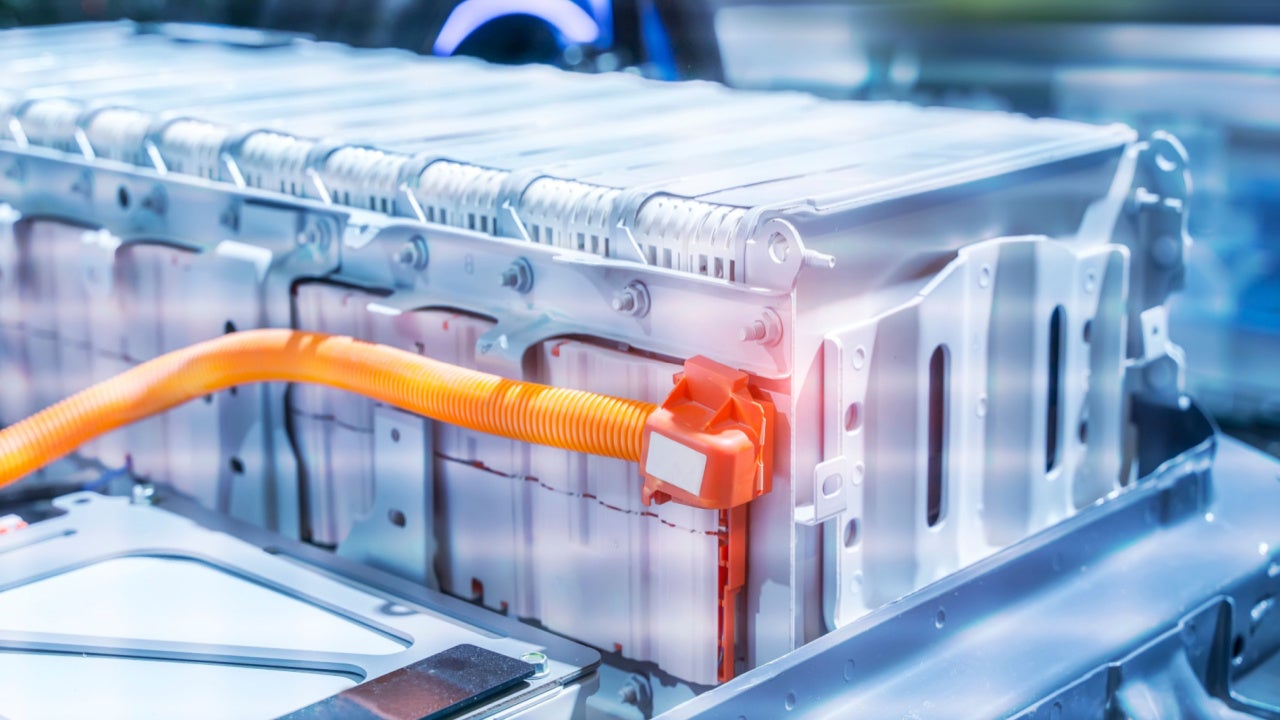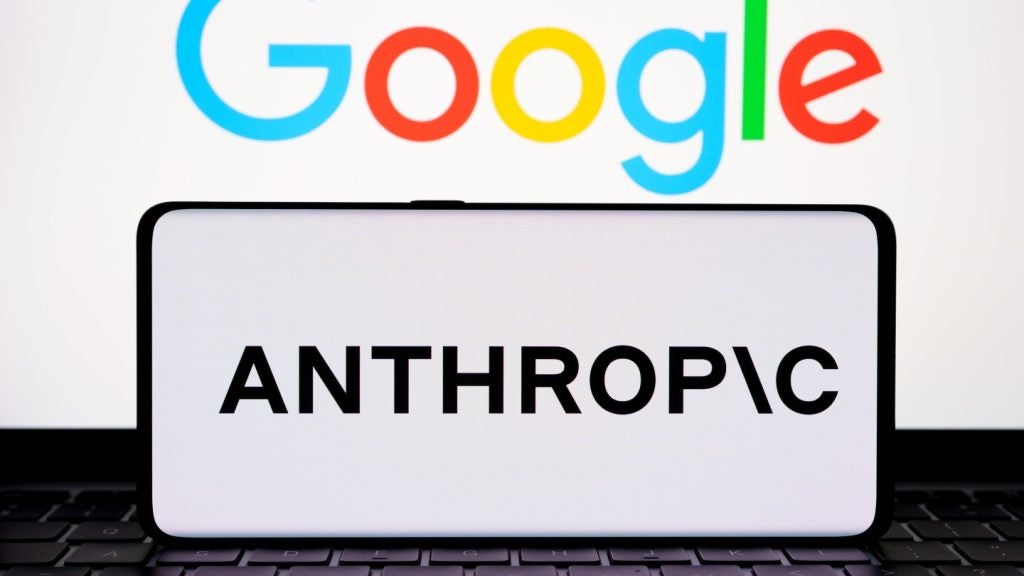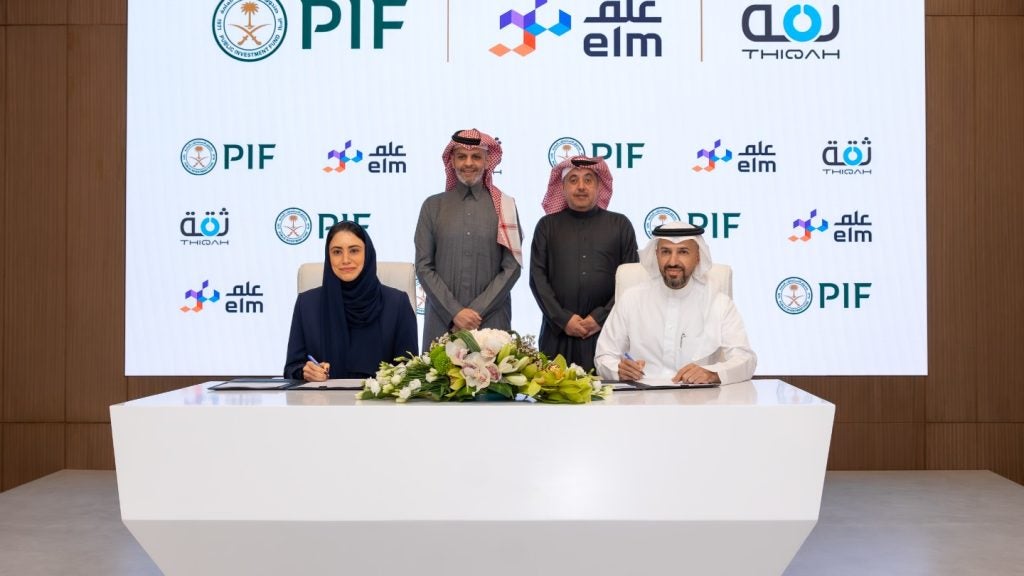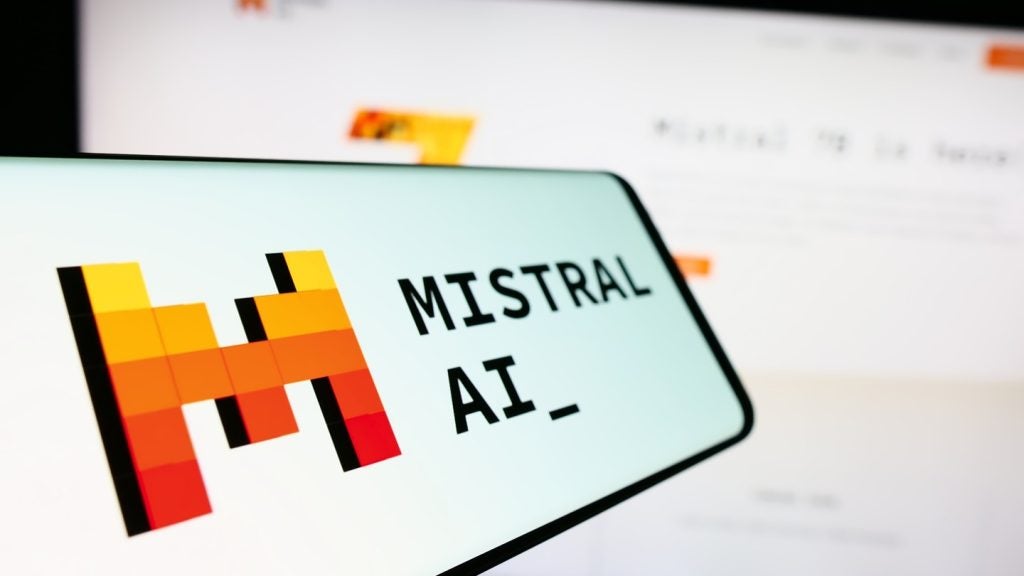Electric vehicles (EVs) will be a major driving factor for the batteries industry, with major auto companies looking to phase out gas and diesel models in leading markets by 2035, reflecting government regulation and order.
Listed below are the key regulatory trends impacting the batteries theme, as identified by GlobalData.
Exemplary Norway
Norway (followed by Finland and Sweden) is the world’s greenest country, helped by the fact that hydropower generates over 95% of its electricity. In 2020 it became the first country where over 50% of new cars sold were electric. This was helped by eliminating sales taxes and value-added taxes (VATs) on electric vehicles (EVs), reducing road tax, offering free passes on toll roads, and free, preferential parking in city centres.
The country has aggressive plans: after 2025, new private cars, city buses, and light vans must have zero emissions, and by 2030 the same must apply to heavy vehicles and long-distance buses. Norway is investing heavily in creating a circular battery industry and aims to be the European Union’s (EU) battery hub.
Competition in the Lithium Triangle
According to the US Geological Survey, the Lithium Triangle—consisting of Chile, Bolivia, and Argentina—makes up 58% of known global Li reserves. Due to their favourable terms for foreign finance, better geology, access to ports, and a less disruptive political landscape, Argentina and Chile are far ahead in production. Lithium (Li) extraction is a politically charged issue in the Lithium Triangle. Challenges lie ahead as each nation scrambles to reach a politically feasible solution for securing foreign investment, ensuring local groups benefit while developing more profitable downstream domestic industries such as processing or battery production.
Li-ion battery production in the region will require public-private partnerships. The US will likely consider funding such ventures to bring cell production closer to home, decreasing China’s dominance. Argentina could offer the largest feasible growth market for Li extraction in the next half-decade.
How well do you really know your competitors?
Access the most comprehensive Company Profiles on the market, powered by GlobalData. Save hours of research. Gain competitive edge.

Thank you!
Your download email will arrive shortly
Not ready to buy yet? Download a free sample
We are confident about the unique quality of our Company Profiles. However, we want you to make the most beneficial decision for your business, so we offer a free sample that you can download by submitting the below form
By GlobalDataBolivia’s Salar De Uyuni salt flat contains one of the largest reserves of Li in the world. However, Bolivia faces technological, political, and infrastructural barriers. Bolivia’s Li is held in salt lake brines, making it difficult to extract.
Foreign investment in technology and logistics would significantly speed up extraction. However, there is consistent public and political opposition to foreign investment and deal-making concerning its Li.
COP26 fallout, part one
At the UN Climate Change Conference in 2021, commonly referred to as COP26, some 24 countries (plus city and state governments) signed a declaration to accelerate the transition to zero emissions on cars and vans by phasing out gas and diesel by 2035 in leading markets and by 2040 in the rest of the world. Battery-powered EVs will be the main alternative to internal combustion engine (ICE) vehicles and are critical to reducing emissions from transport.
The Article 6 rulebook agreed at the conference, which now allows carbon offsetting between parties in transnational projects that have yielded emissions reductions, should help to foster progress. Meanwhile, the US, China, and Germany have not signed the declaration, although 12 US city-states, led by California, have.
COP26 fallout, part two
Some 42 countries, including the US, China, South Korea, the United Arab Emirates (UAE), and the UK, along with the EU, agreed on the Breakthrough Agenda at COP26, committing them to make cleantech the most affordable, accessible, and attractive option in each emitting sector globally by 2030. The target industries are power, roads, transport, steel, hydrogen, and agriculture.
Like the rest of the COP26 agreements and agendas, the hope with this one is that shaming, international reporting, and coordinated international efforts, plus the growing power of generation Z, will move the world towards some semblance of a transparent global approach to climate policy and implementation.
Graphite tariffs
China dominates the supply of graphite, a key material in the anodes of Li-ion batteries, holding between 75% and 80% of the global supply. China has had a graphite surplus for some time, which has kept the material price from skyrocketing. This surplus is declining as China scales EV production, and the raw material price is expected to increase. Almost 100% of processed natural graphite anode material comes from China, and automakers such as Tesla have started to note how this will impact their profits.
Tesla wrote to the US government to request a tariff waiver on graphite, saying that it cannot obtain enough from US sources. It has recently signed a contract with the Australian company Syrah Resources, indicating that it is taking steps to diversify supply. More pressure will be put on the US government to waive this tariff, without which EV prices will continue to rise. The Biden administration must choose between boosting EV adoption and thus climate ambitions or containing China’s raw material supply chain dominance.
This is an edited extract from the Batteries – Thematic Research report produced by GlobalData Thematic Research.







Related Company Profiles
Tesla Inc